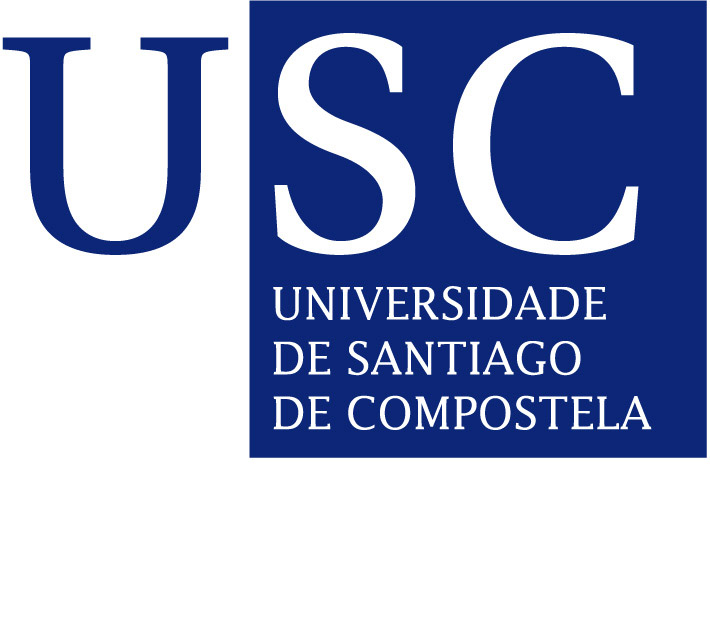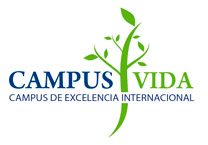Lecture: «Engineered‐surface Metal‐Organic framework nanoparticles for drug delivery»

Dra. Patricia Horcajada (Head of the Advanced Porous Materials Unit in IMDEA Energy, Madrid – Spain)
CiQUS Seminar Room - 12:15 h
The involvement of Metal-Organic Frameworks (MOFs) in biomedical applications is currently one of the hot topics in the emerging field of hybrid porous solids. In particular, nanometric MOFs (nanoMOFs) have recently attracted a great deal of attention owing to their large porosity and versatile composition, enabling to entrap remarkable loadings of a wide variety of challenging active molecules and progressive releases, together with imaging properties.
However, prior to any practical use of nanoMOFs, it is of a high societal relevance to investigate their biostability, toxicity and biodistribution.
About the speaker
Patricia Horcajada has been involved in the material field, more precisely in porous solids, for 14 years and she has conducted her research on all major aspects of this field (synthesis and characterization of porous materials, shaping, adsorption, etc).
With an unconventional and multidisciplinary scientific background (Pharmacy BCs, 2001 and Material Science Ph.D, 2005), Dr. Horcajada joined the Institut Lavoisier (Versailles, France), firstly as a postdoctoral researcher and later, in 2007, as civil servant researcher of the French Scientific Research Council (CNRS) initiating a totally new field, the biomedical application of Metal-Organic frameworks (MOFs). Then, within the frame of a “Ramon y Cajal” contract (2016), she has been appointed as Senior Researcher in IMDEA Energy, heading the Unit of Advanced Porous Materials, which deals with the development of new multifunctional materials for strategic applications (energy, environment and health, among others).
She has authored 3 book chapters, 8 patents and 100 publications. With a H-Index of 34, the scientific quality and interest of her research is evidenced by the publication of ~ 50 articles in high-impact journals (IF>5), the important number of citations (> 6900; ~ 1300 citations/year in the last four years) and 15 articles cited more than 100 times (Web of Science, Jan. 2016).



